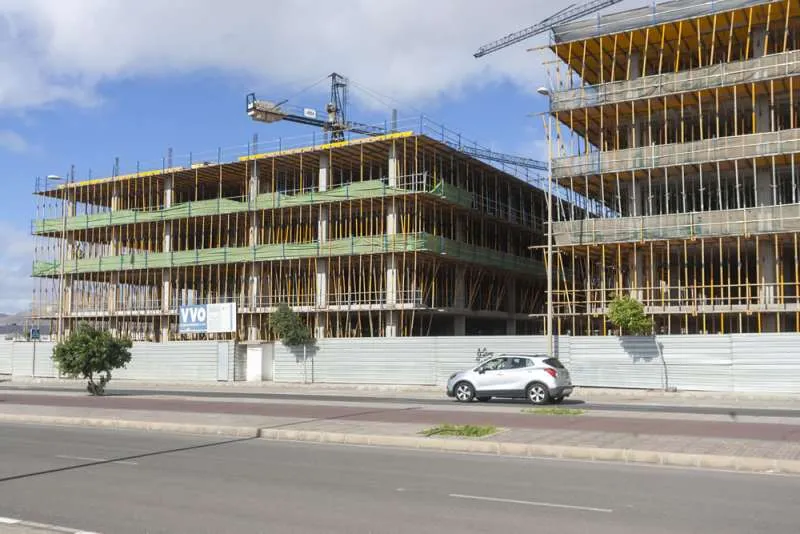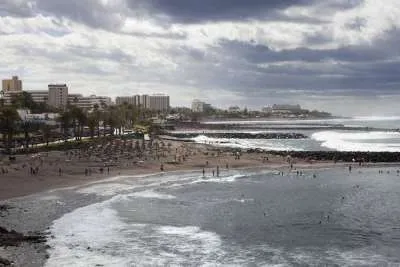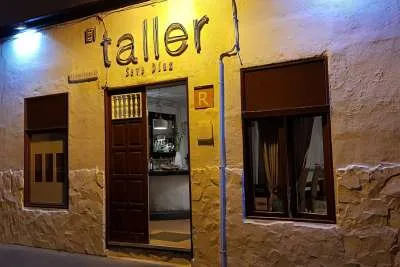New report shows the Canary Islands have the worst housing shortage in Spain
- 18-07-2025
- National
- Canarian Weekly
- Photo Credit: CW Stock Image
The Canary Islands are experiencing the greatest housing deficit in Spain, with new home construction falling far short of population growth, according to a new report by the marketing consultancy 22 Grados. Between 2021 and 2023, only 7,900 homes were built across the archipelago, resulting in a construction rate of just 0.31% per household, the lowest in the country.
The Vivienda Canarias report warns that this shortfall is placing enormous pressure on residents and the local housing market, fuelling soaring prices, rental insecurity, and growing inequality in access to housing.
No New Social Housing in Three Years
One of the most alarming findings is the near-total halt in social housing construction. According to data from ISTAC (Canary Islands Statistics Institute), the last publicly protected housing unit was completed in January 2022. It wasn’t until this year that new public housing developments resumed, with only 159 units started in January 2025, followed by 85 in February and 76 in March.
By contrast, private housing continues to dominate, with 365 units initiated in January, 535 in February, and 152 in March. The lack of affordable housing options is leaving many residents struggling to find stable accommodation.
Fewer Homes, More People
The most recent census in 2021 recorded 1,088,728 homes in the Canary Islands, equating to just 49.9 dwellings per 100 inhabitants, well below the national average of 56.1 per 100 inhabitants.
Between 2020 and 2023, housing stock increased by a mere 0.7%, failing to keep pace with a growing population. A 2025 report by BBVA estimates that current construction levels will only meet 20% of the demand for primary residences between 2021 and 2026. Furthermore, this accounts for just 60% of total housing demand, with the remainder driven by foreign non-resident buyers and the second-home market.
Soaring Property Prices
The housing crisis is reflected in rising prices. The Canaries are now one of Spain’s regions with the steepest increases in property values. From 2020 to 2024, the Consumer Price Index (CPI) rose 19.6%, while house prices jumped 13.3% in Q4 of 2024 and a further 11.3% in Q1 of 2025.
This trend is forcing many Canarian residents to abandon the idea of buying a home altogether. Saving for a deposit alone now requires around €43,000 according to recent estimates.
Rentals on the Rise - But Not Affordable
As ownership becomes increasingly out of reach, more residents are turning to the rental market. Today, 29% of Canarian residents live in rented accommodation, far above the national average of 18%.
But rental prices are also escalating. In Las Palmas, average rents have climbed to €1,128 per month, just shy of the national record of €1,155. In Tenerife, the figure stands at €1,083 a month.
Structural Challenges Behind the Crisis
The report points to several underlying causes of the housing crisis in the archipelago:
- Limited developable land
- Restrictive regulations and lengthy bureaucracy
- Pressure from tourism
- Rising demand from foreign buyers for holiday lets
Together, these factors are intensifying a housing shortage that experts warn could take years to resolve without major structural reforms and public investment.
The findings serve as a stark reminder that urgent action is needed to address the housing needs of both Canarian residents and the growing population. Without intervention, the gap between supply and demand is likely to widen, leaving tens of thousands without adequate housing.

Other articles that may interest you...
Trending
Most Read Articles
1.
2.
Featured Videos
A Vision of Elvis Tenerife Promo
- 10-05-2025
TEAs 2025 Highlights
- 17-11-2025



























































